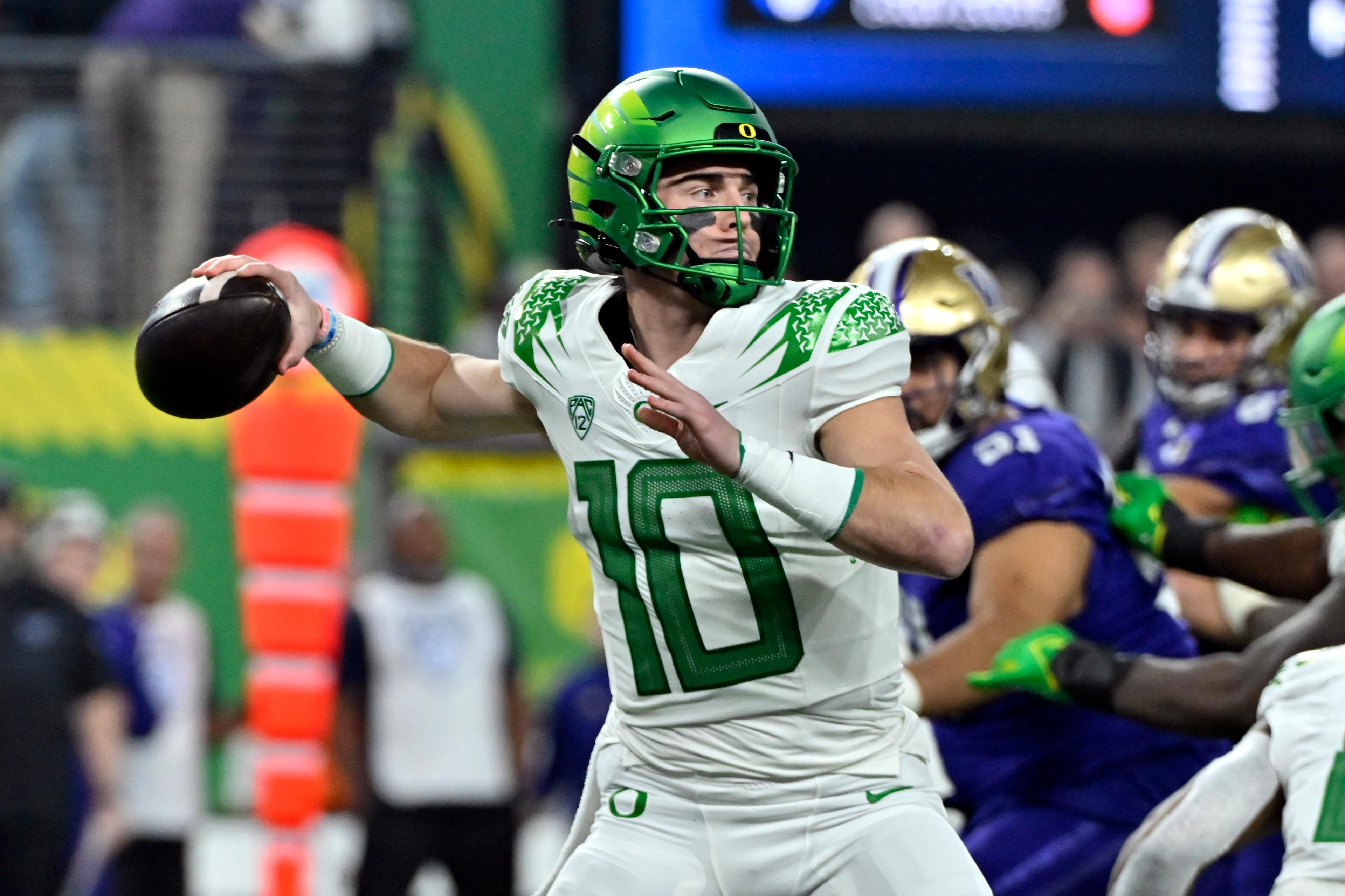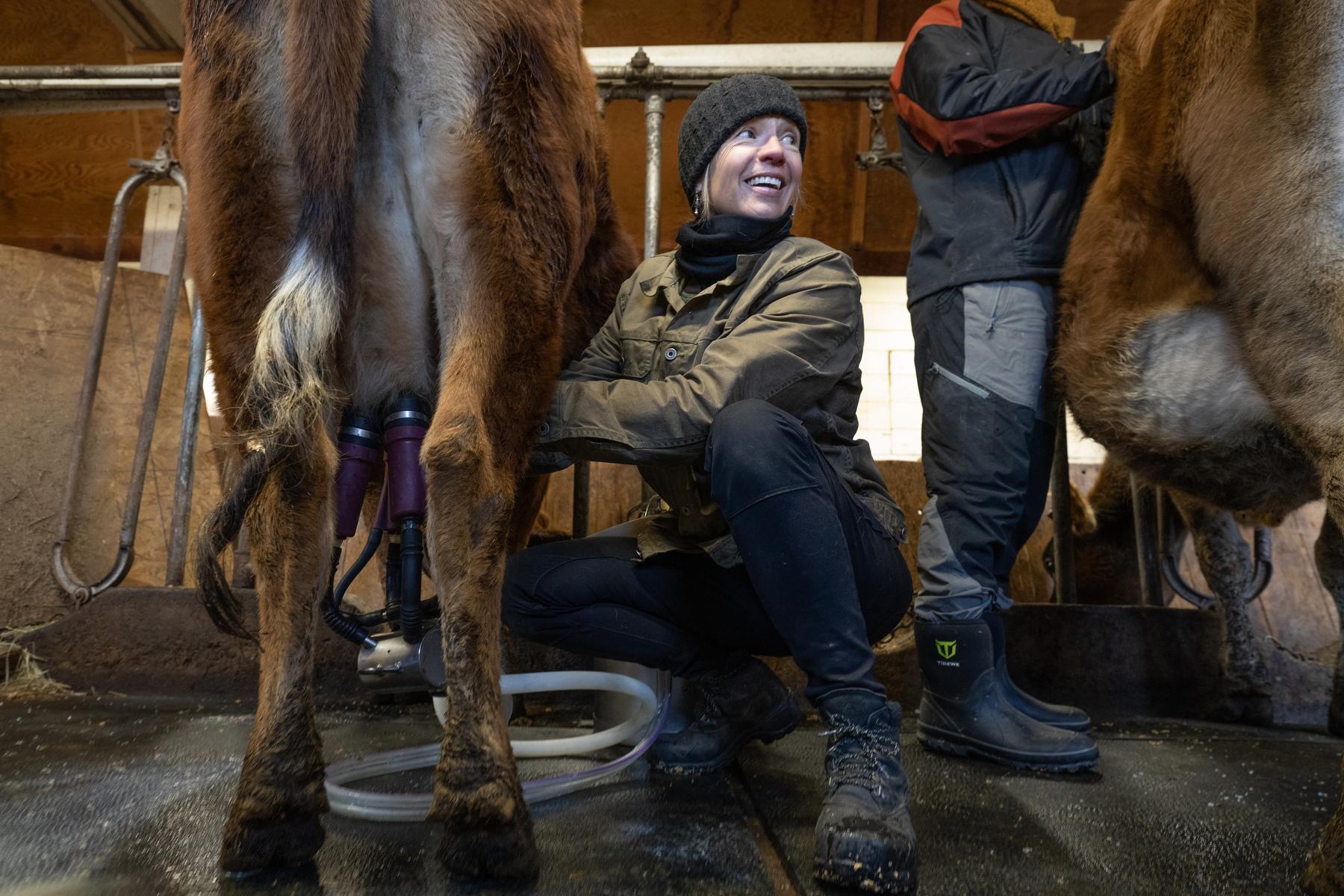
This week, and next on Looking Up, Hal Spends some time on a couple of stars in the Spring / Summer constellation Corvus the Crow.
The top star, so to speak, in Corvus is Gienah, at the top of the roughly diamond-shaped constellation. What does the name mean? Well, some say it means “right wing of the crow,” but it shows up as the left wing in some charts. So, we don’t really know.
What we do know, and what makes Gienah fun is what it is doing, or at least seems to be doing – turning into a really big red giant star. Gienah is about 4 times heavier than our sun, and it’s far brighter, shining with the light equivalent to 355 suns. It’s also a pretty strange “Mercury-manganese” star, meaning it has more of those two elements than it should have, and it has far less of other elements, such as aluminum and nickel. Why? We don’t know. Oh, and don’t plan any vacations on the surface of Gienah – it is spinning on its axis at over 355,000 mph, far faster than our sun’s puny 4400 mph. You’ll need seatbelts.
If you’d like to take a closer look at Gienah Corvi or any of the wonderful and amazing things in the sky, please visit csastro.org for a link to information on our monthly meetings and our free public star parties.








